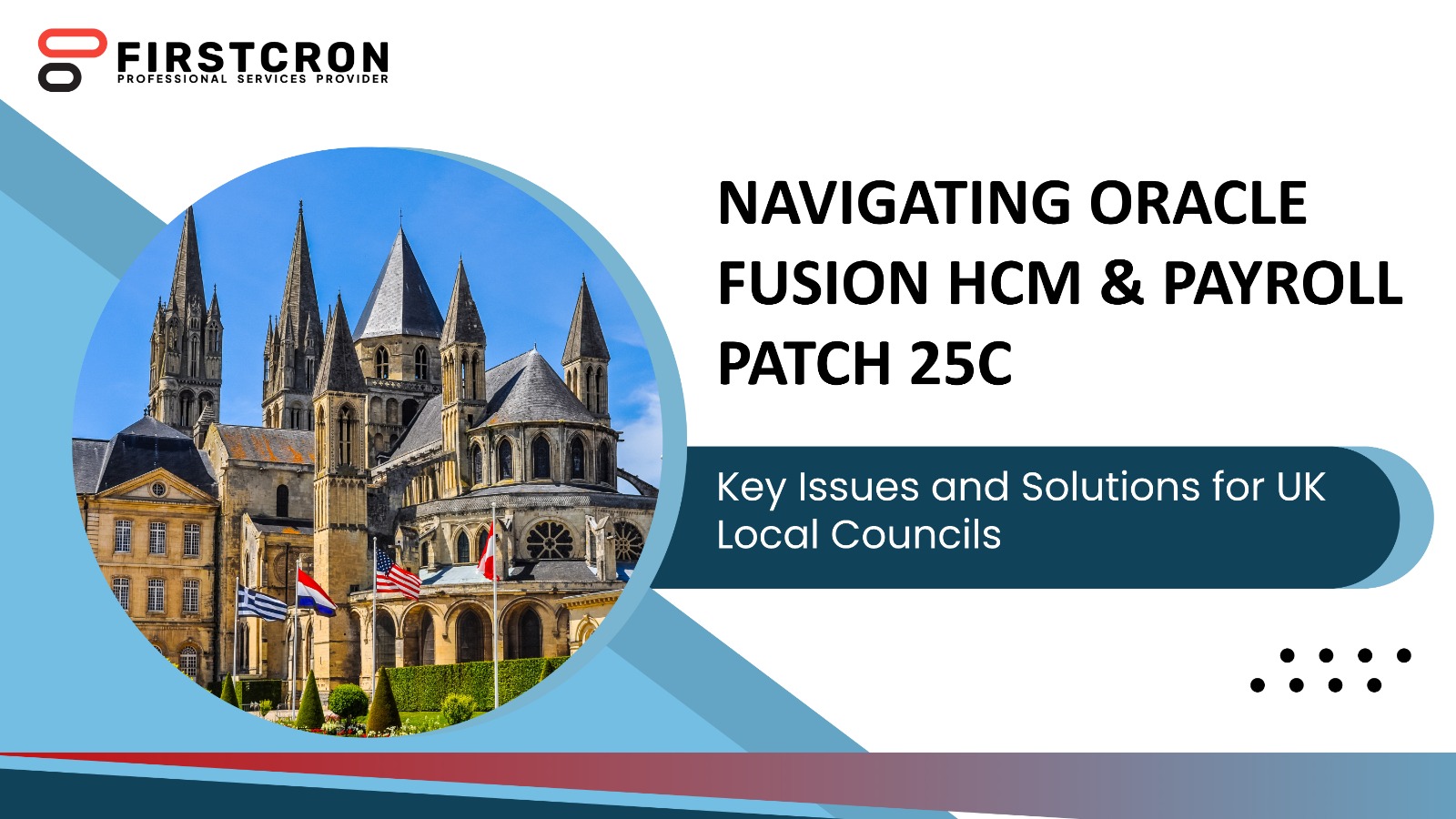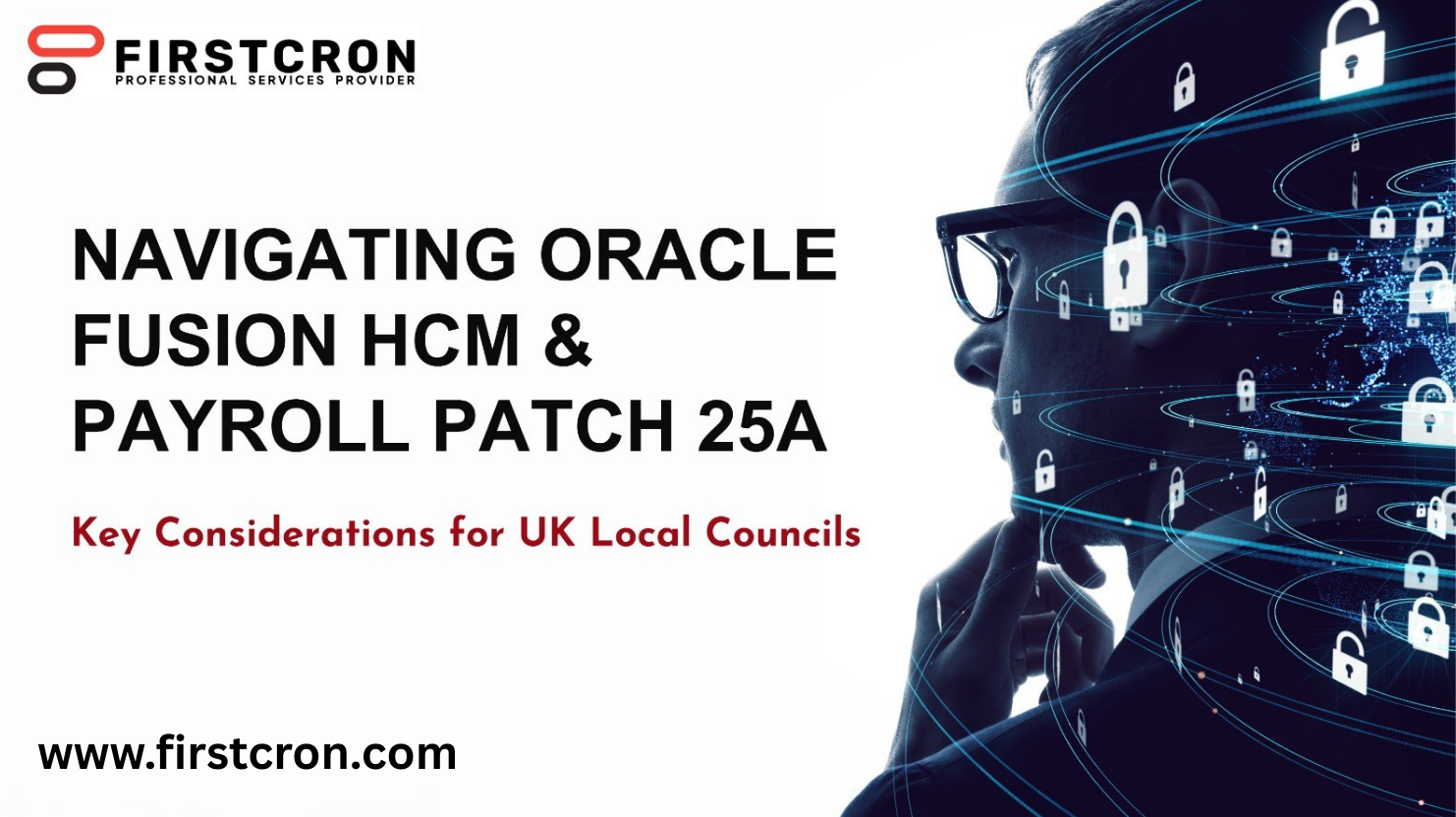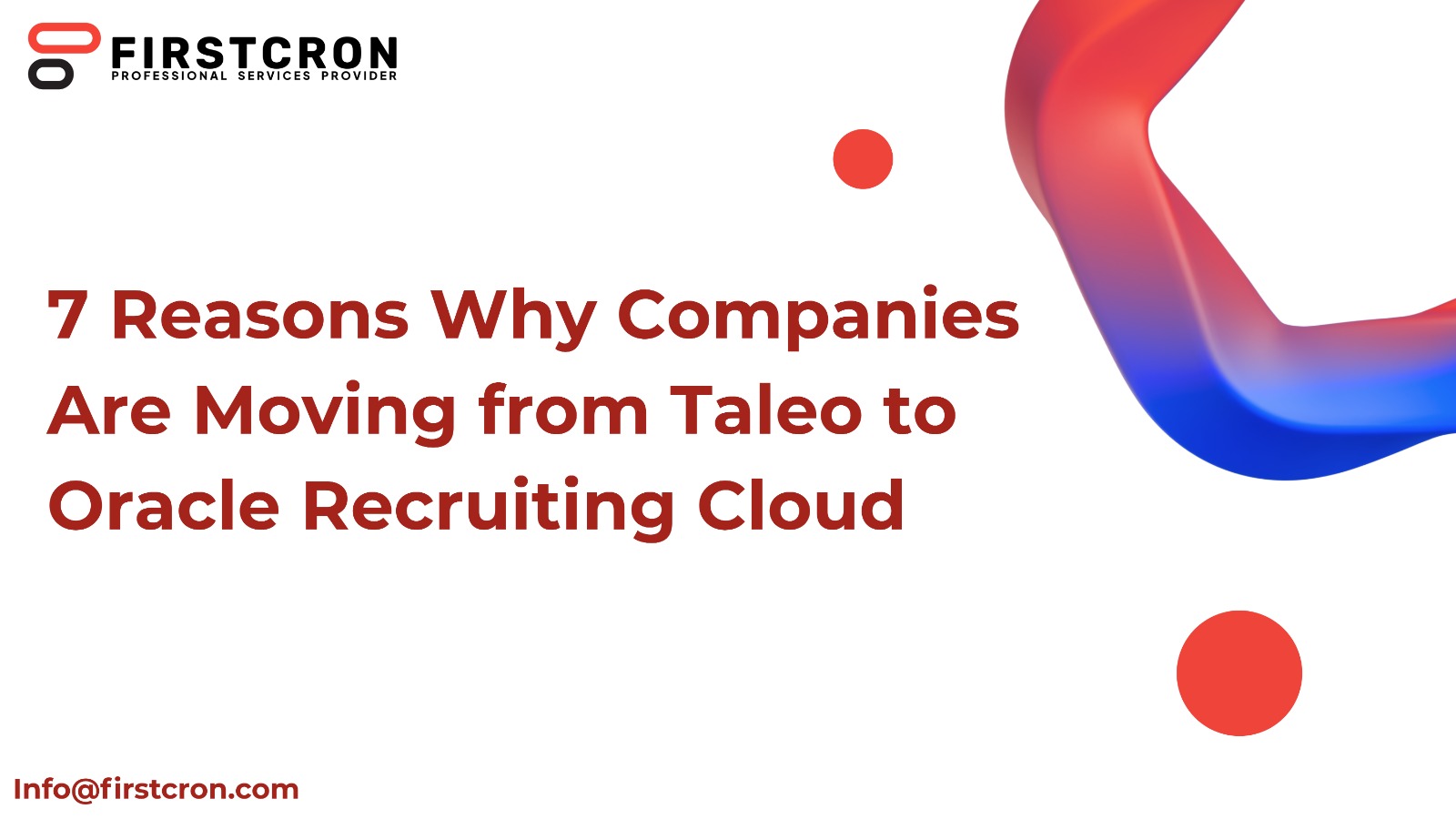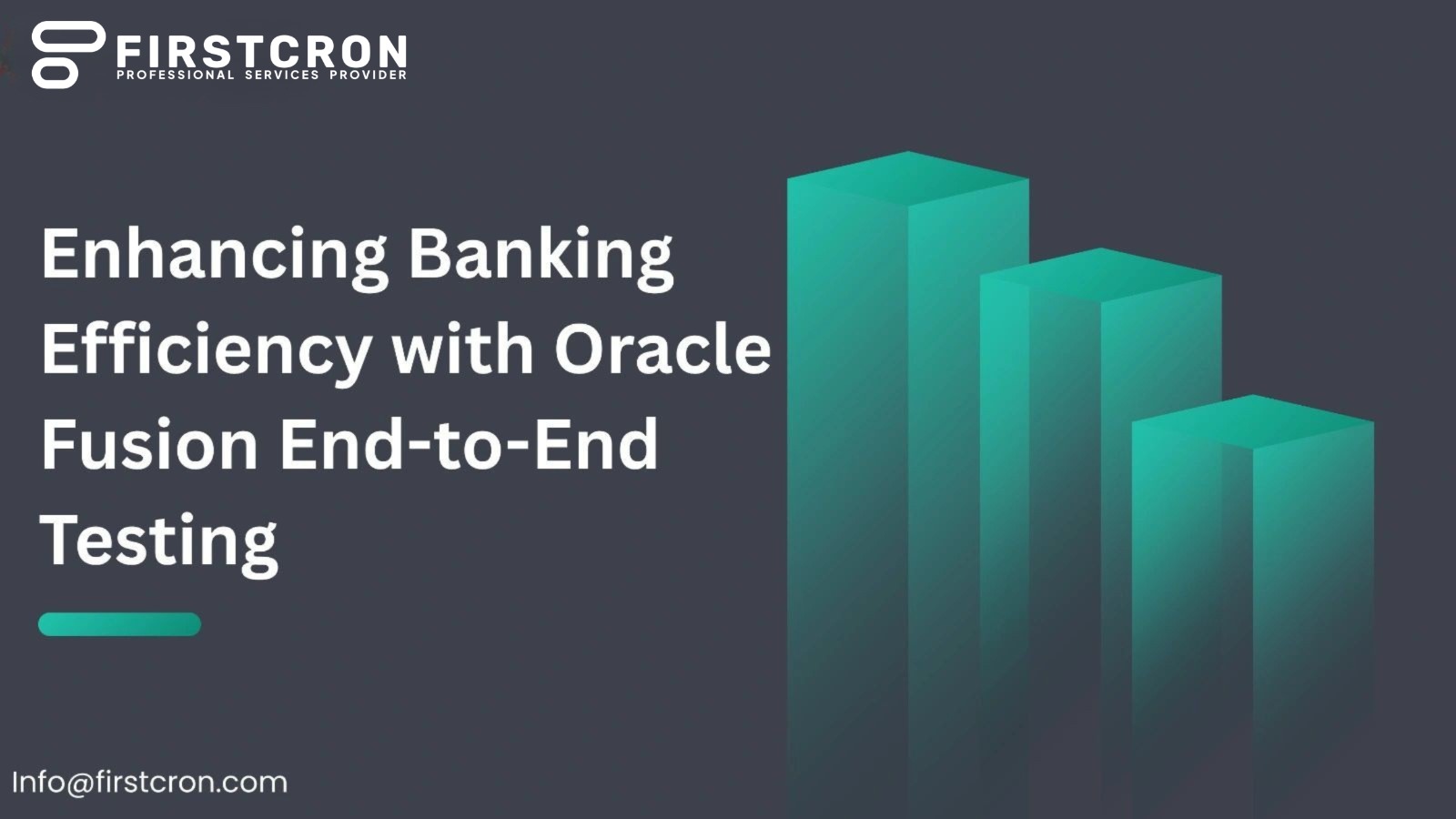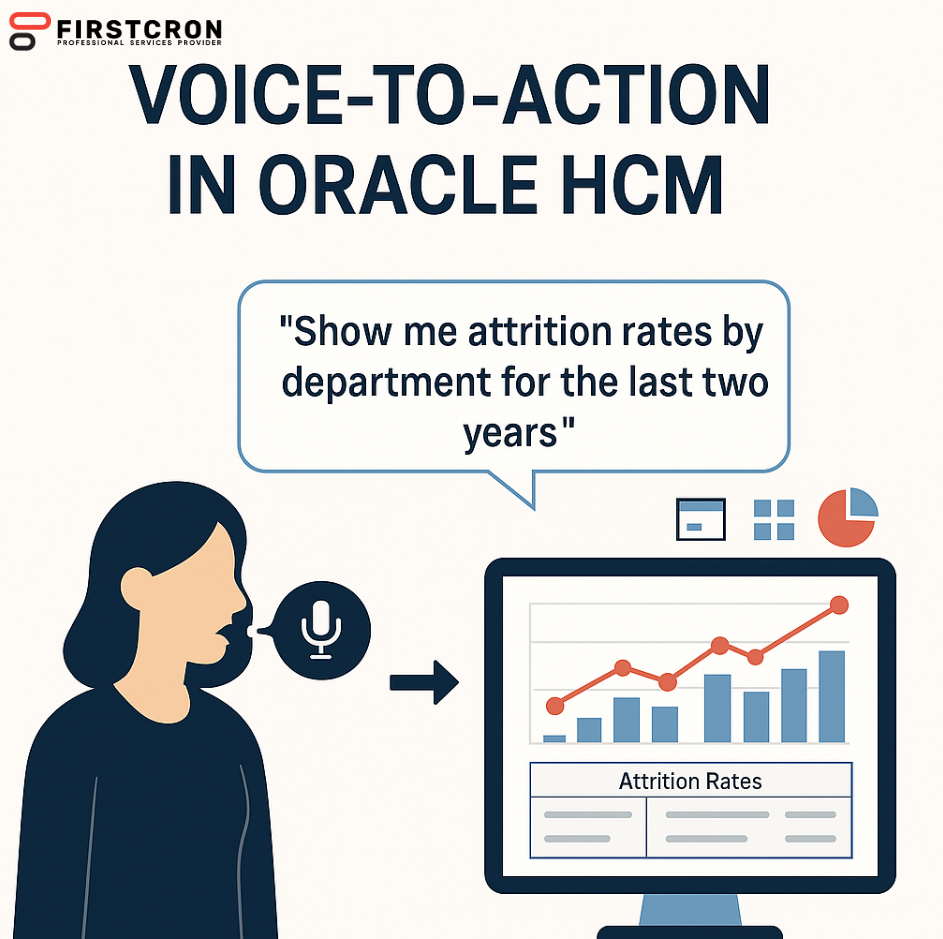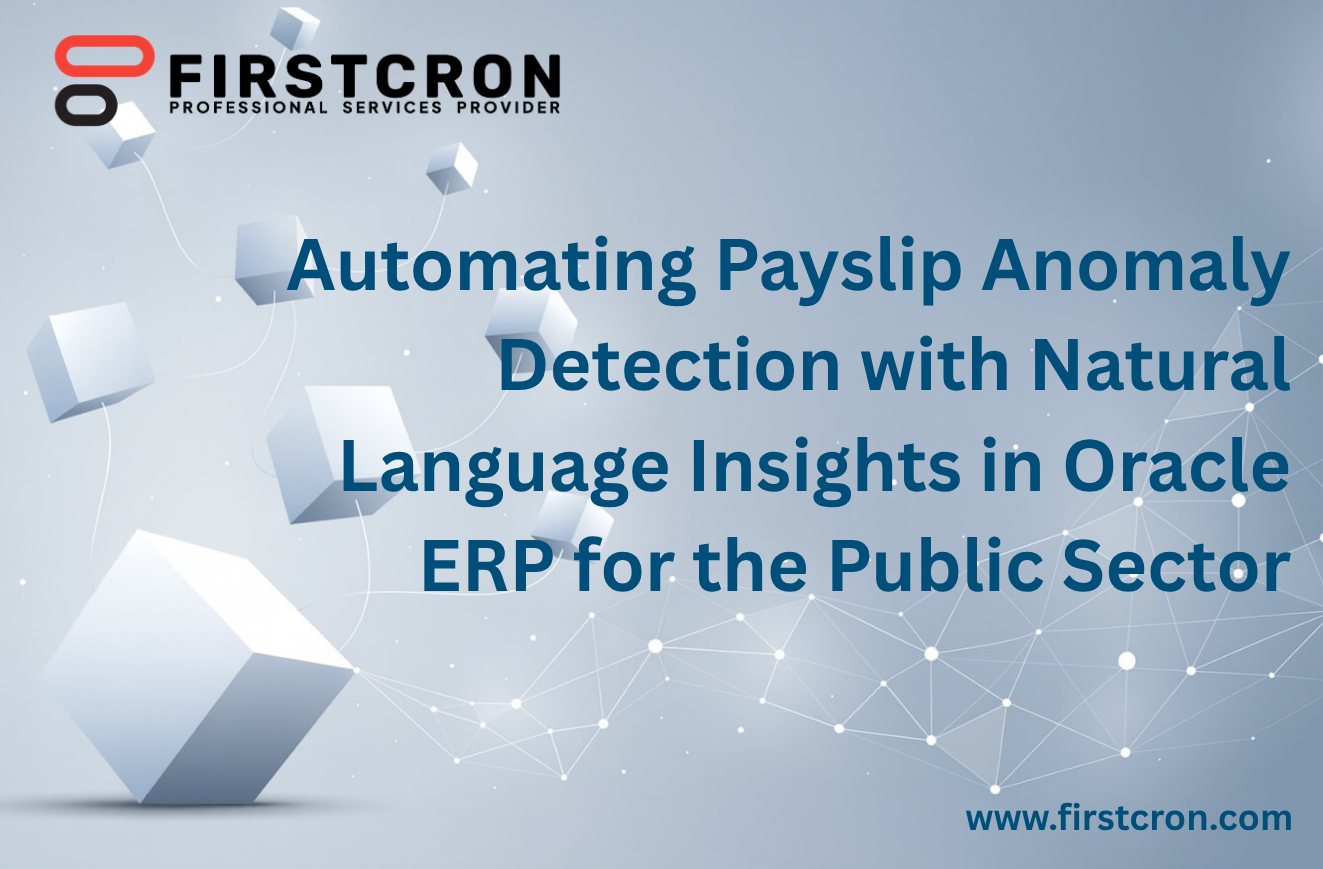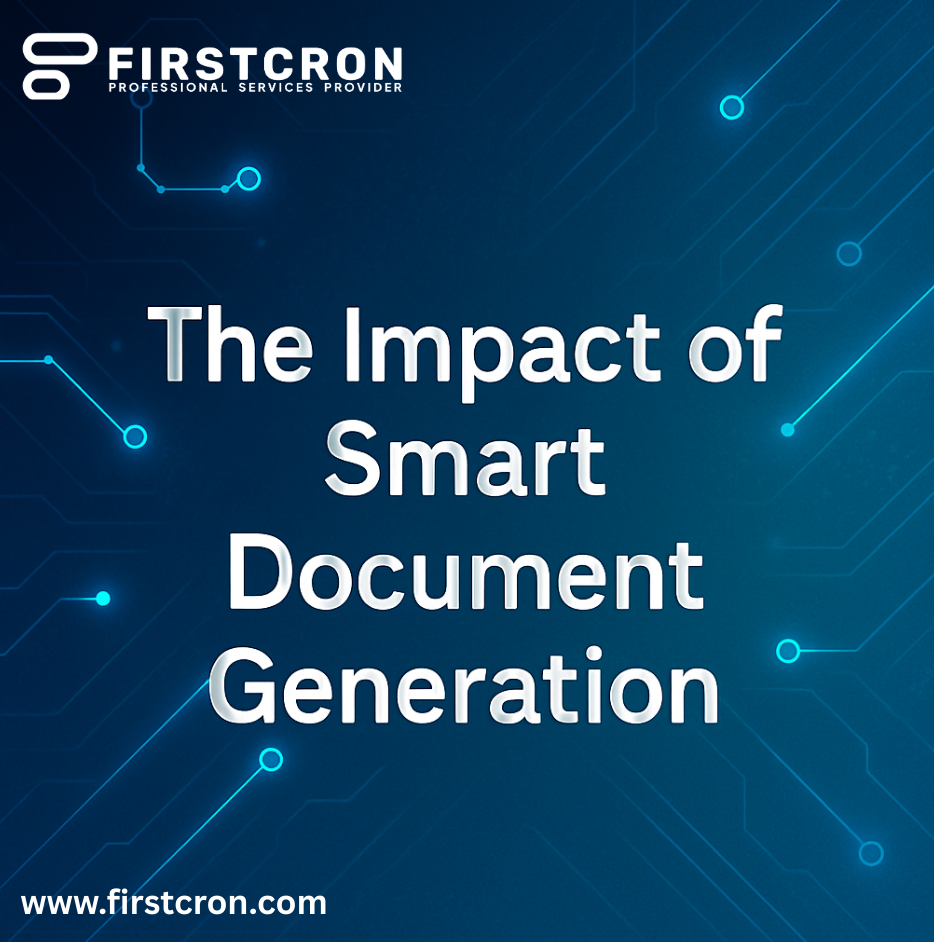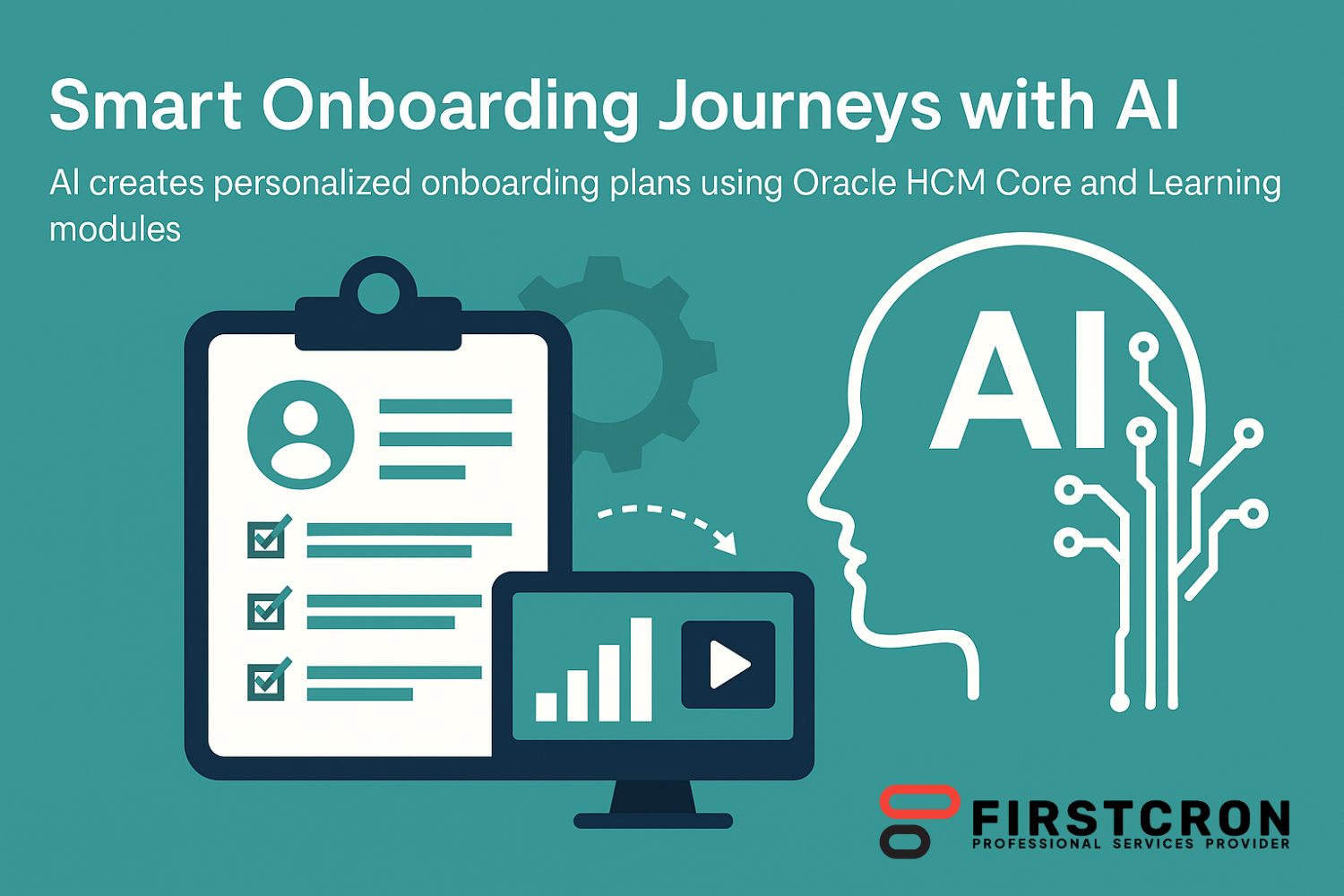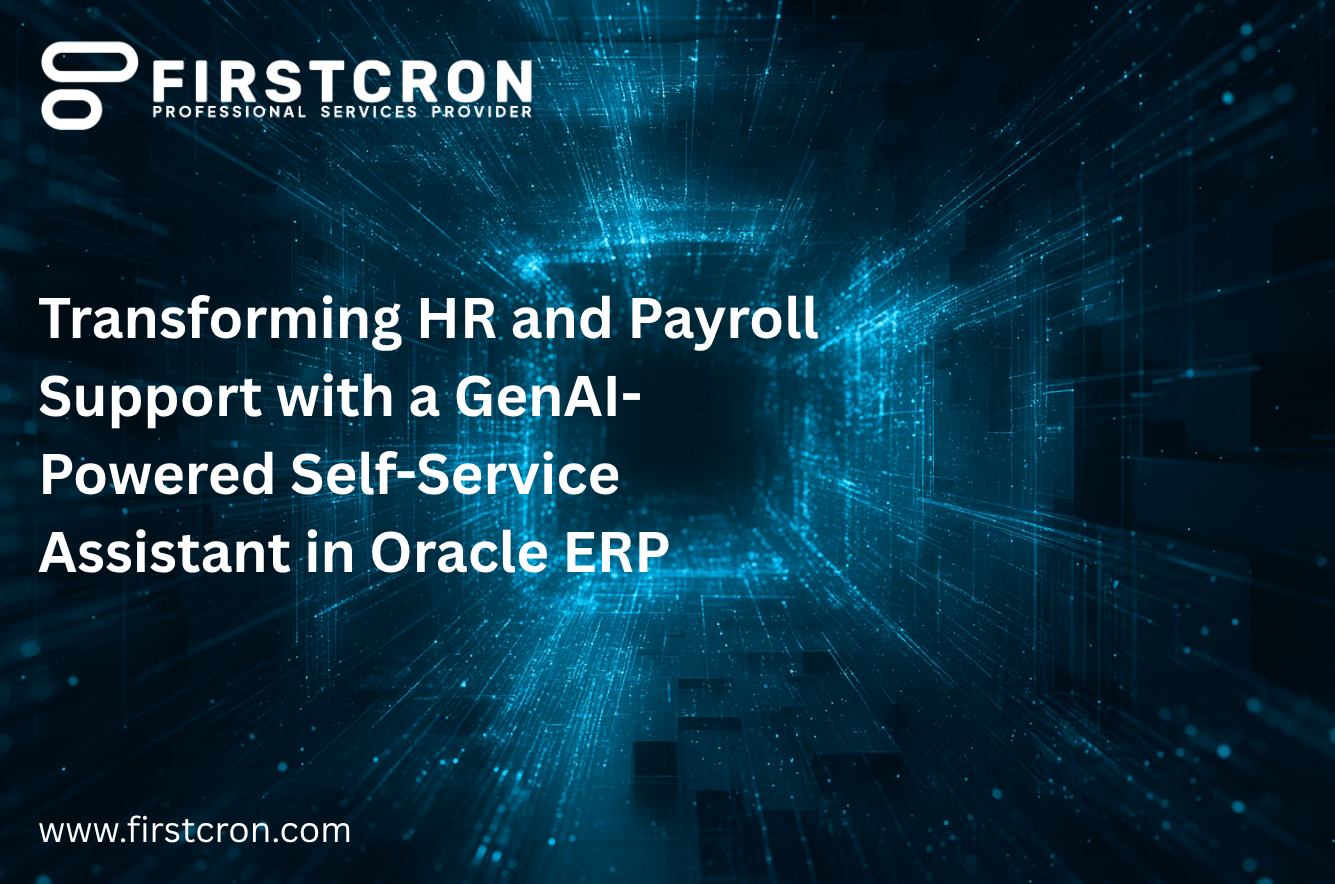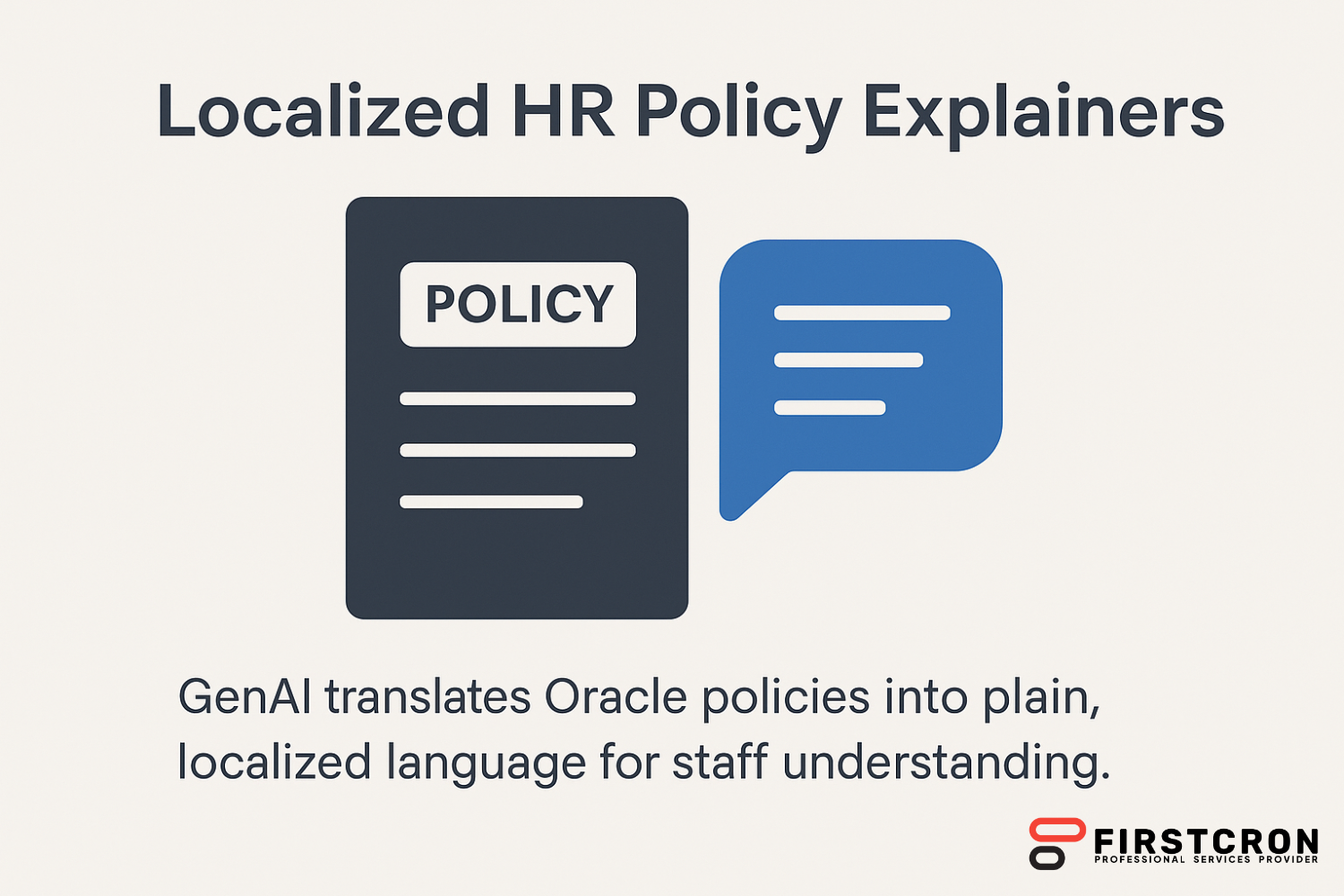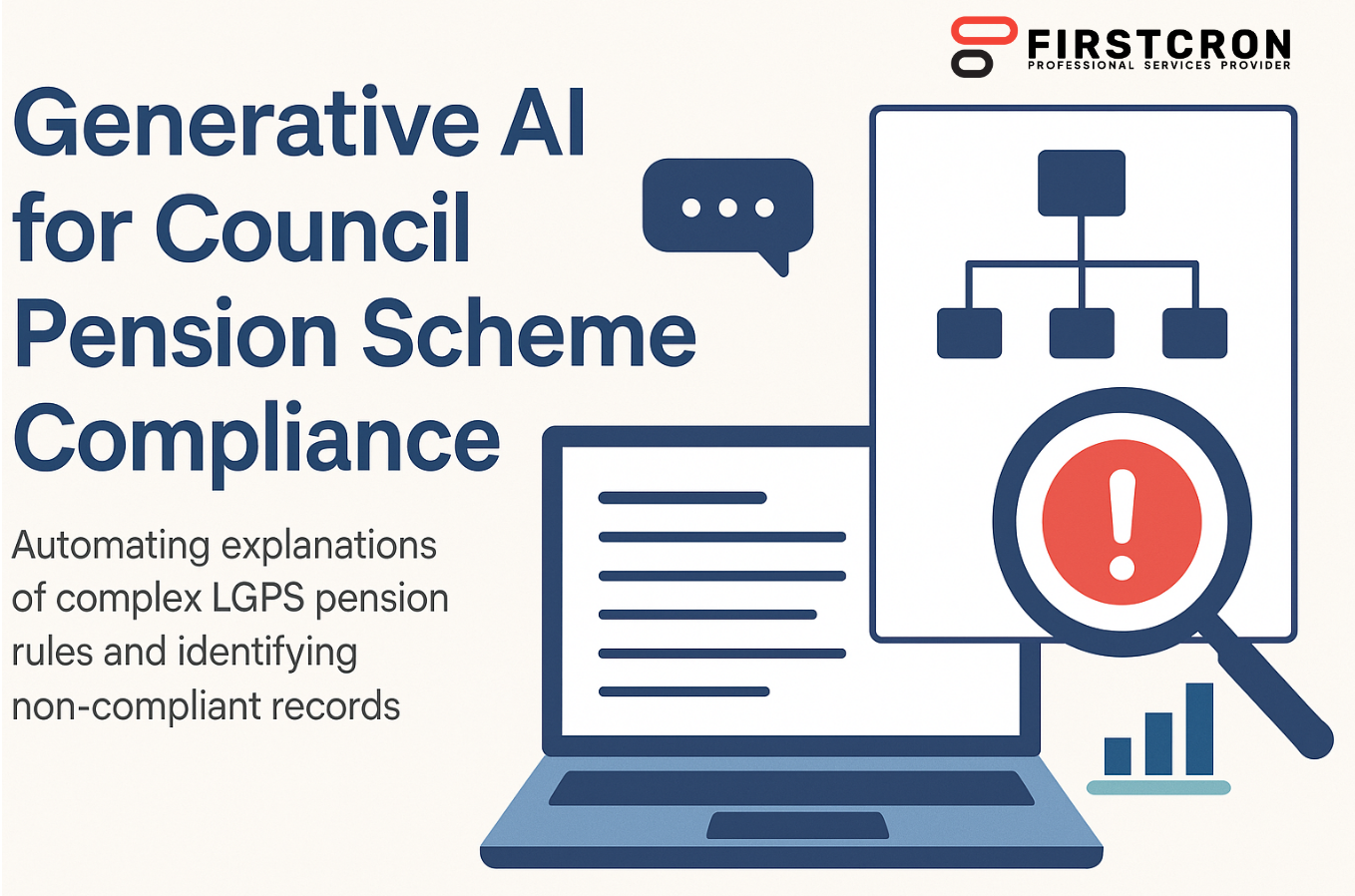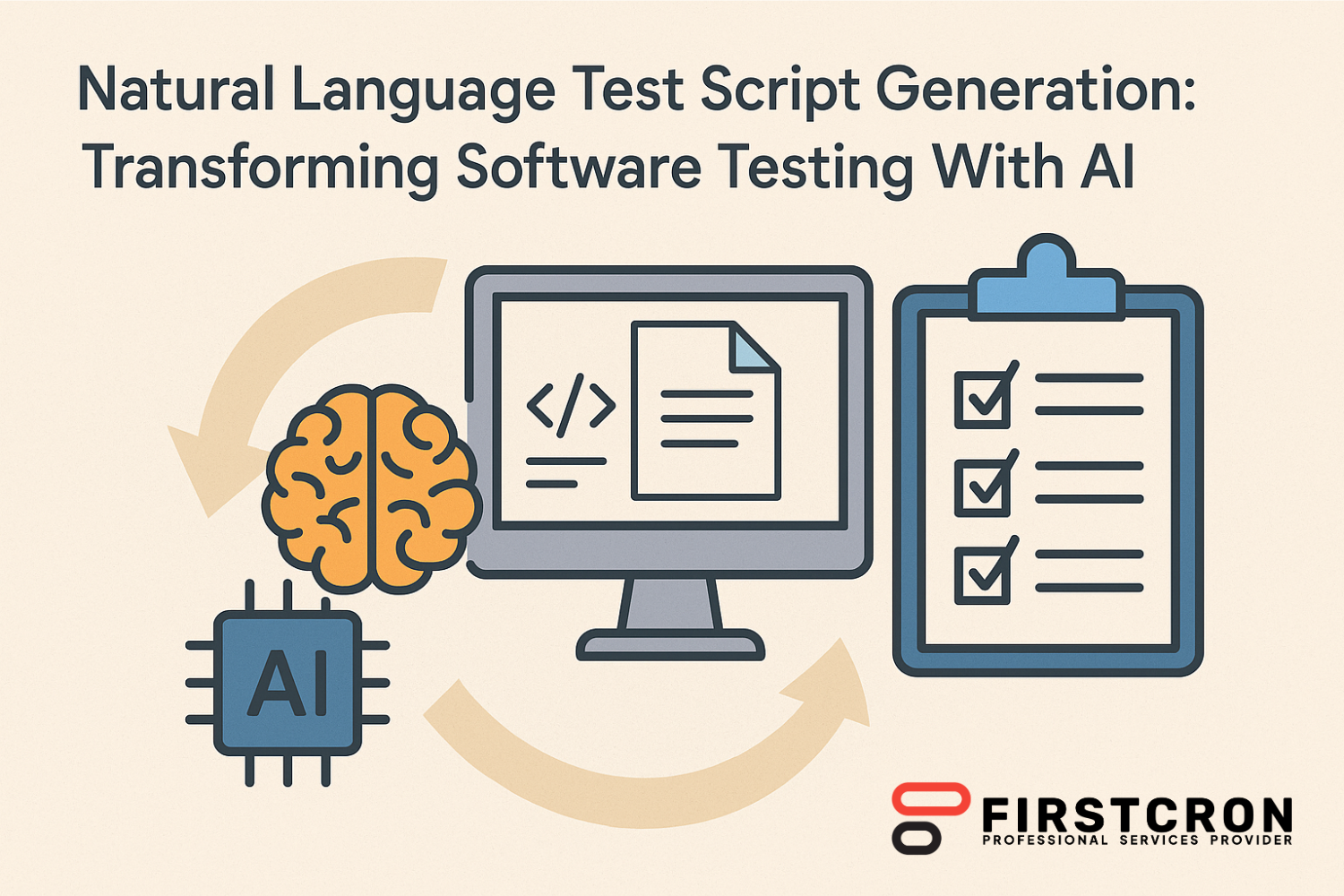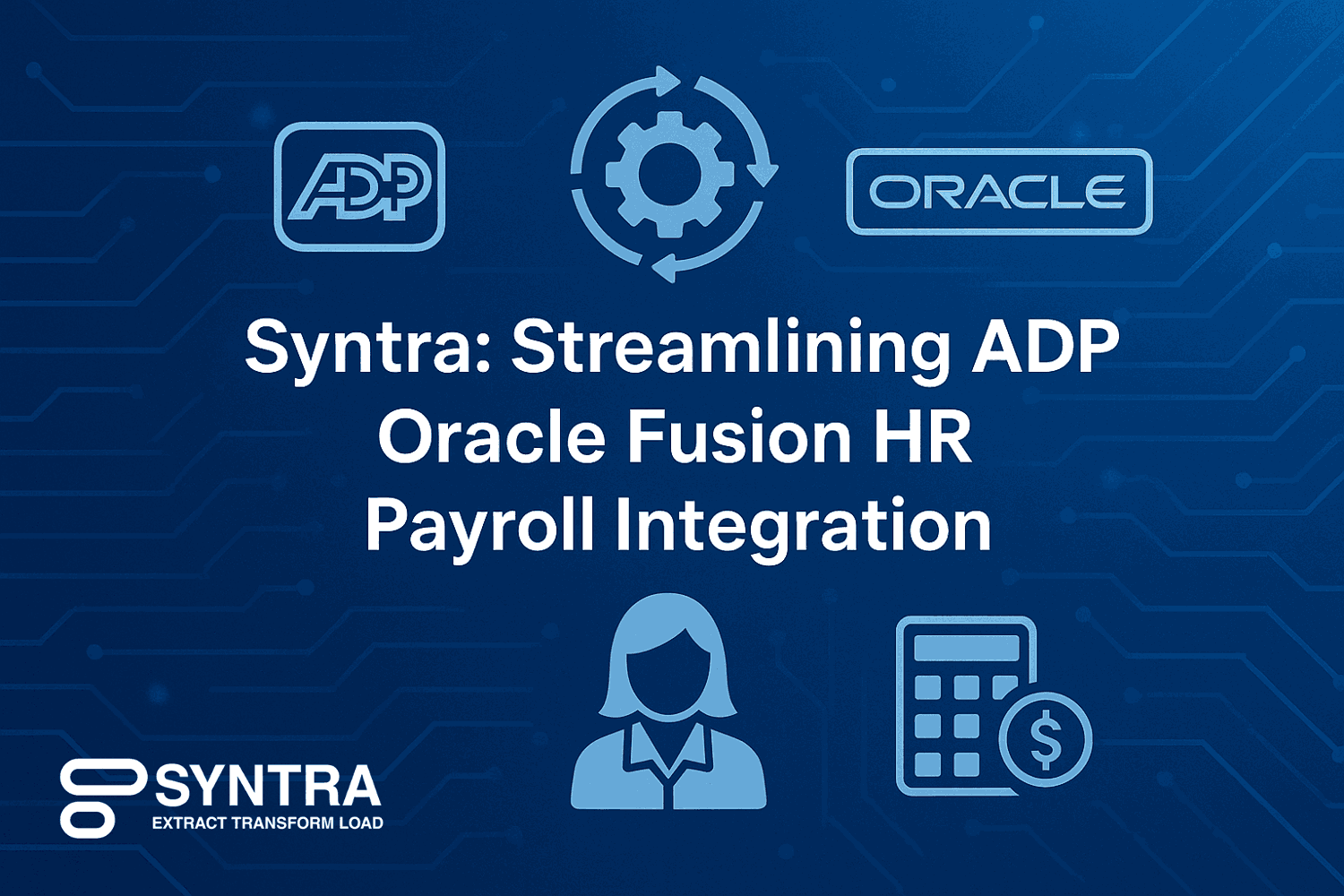
In todays evolving business landscape companies rely on multiple systems to handle their Human Resources and payroll needs However integrating these platforms efficiently remains a challenge Manual data transfers lead to errors delays and compliance risks Syntra bridges this gap by providing a faster more automated way to connect ADP with Oracle FusionIn this blog we will explore the need for seamless integration common challenges that require transformation and how Syntra accelerates the integration and improves accuracy while reducing manual work
In this blog we’ll cover
- The Need For ADP Oracle Fusion Integration
- Common Integration Challenges That Require Transformation
- How Syntra Simplifies ADP Oracle Fusion Integration
- Key Benefits Of Using Syntra
- Use Cases Where Syntra Adds Immediate Value
- Future Readiness And Scalability
- Key HR & Payroll Data Objects Requiring Transformation
- Conclusion
The Need For ADP Oracle Fusion Integration
Organizations using ADP for payroll and Oracle Fusion for HR functions often struggle to synchronize data between the two platforms Key reasons why integration is essential include:
1. Eliminating Manual Work
Without integration HR and payroll teams spend hours exporting and importing data between systems This creates a higher risk of errors and delays in payroll processing
2. Ensuring Data Accuracy
Employee information like personal details benefits changes and pay updates must be consistent across both systems A mismatch can lead to compliance issues or incorrect payroll runs
3. Improving Operational Speed
Automated integration speeds up the flow of updates so payroll and HR teams can operate efficiently without waiting for manual file handling
4. Reducing Compliance Risk
Accurate and timely data transfer ensures regulatory requirements are met and reduces the chance of fines or audit issues
Common Integration Challenges That Require Transformation
1. File Format Differences
ADP and Oracle accept different file formats requiring conversion to ensure compatibility
2. Field Mapping Variations
Employee fields do not always match directly between systems so mapping is needed to align the data
3. Data Validation Requirements
Both systems enforce different validation rules which means data must be cleaned and standardized before transfer
4. Scheduling and Automation Needs
Manual transfers cause bottlenecks when updates are time sensitive or frequent
5. Security and Compliance
Sensitive payroll and employee data must be transferred securely with access controls and audit trails
How Syntra Simplifies ADP Oracle Fusion Integration
Syntra accelerates and automates the integration process by eliminating manual work and reducing dependency on IT teams
1. Automated Data Transformation
Syntra converts files into the correct format and ensures that fields align with Oracle Fusion and ADP requirements without manual intervention
2. Seamless File Exchange
Employee updates payroll changes and HR data are transferred securely and automatically between systems
3. Faster Deployment
Traditional integrations can take months Syntra significantly shortens implementation time with configurable templates and predefined mappings
4. Error Reduction
By automating validation Syntra minimizes rejected files incorrect payroll entries and compliance risks
5. Scalable for Growth
As companies expand Syntra can support additional pay groups locations and integration points without rework
Key Benefits Of Using Syntra
Organizations that use Syntra for ADP Oracle Fusion integration experience clear advantages.
- Time savings
HR and payroll teams no longer spend hours on manual exports and imports. - Improved accuracy
Automated validation ensures correct values and formatting before data is transferred. - Reduced IT dependency
Syntra allows HR and payroll teams to manage integrations with minimal technical support. - Enhanced compliance
Accurate timely synchronization supports regulatory requirements and reduces audit risks. - Better employee experience
Faster processing ensures employee data updates payroll changes and benefits adjustments occur without delay.
Use Cases Where Syntra Adds Immediate Value
Syntra is especially powerful in scenarios where frequent updates and secure transfers are essential.
- New hire and termination updates
Employee onboarding and offboarding data moves automatically between Oracle Fusion and ADP preventing delays or missed entries. - Payroll adjustments
Earnings deductions and tax changes are transferred in the correct format without manual edits. - Benefits and compensation changes
Updates to employee benefits and compensation are reflected accurately across both systems. - Multi country or multi entity support
Syntra handles variations in formats policies and localization needs. - Large file transfers
Even high volume data can be moved securely without slowing down operations.
Future Readiness And Scalability
As organizations evolve their HR and payroll ecosystems Syntra provides the flexibility to adapt without major rework. Whether a company adds new business units transitions to upgraded platforms or expands across regions Syntra supports growth with configurable mappings automated workflows and secure data handling. This future ready approach ensures long term value and minimizes the need for costly custom development or manual intervention.
Key HR & Payroll Data Objects Requiring Transformation
To make the integration meaningful, Syntra typically deals with a variety of core HR and payroll objects. Below are some of the most important ones, along with common transformation challenges and how Syntra handles them:
| Object | Typical ADP Source | Transformation Challenges & Syntra Role |
|---|---|---|
| Employee / Person Master | Employee records (first name, last name, IDs, demographic, contact, hire date, termination date) | Field mapping (different field names), date formats, effective-dated history, merging multiple ADP records (e.g. multiple addresses) |
| Employment / Assignment | Job assignment details, department, cost center, location, working hours | Handling effective-dated changes (reassignment, promotions), resolving position IDs, validating that referenced organizations exist |
| Compensation / Salary / Pay Elements | Base salary, bonuses, allowances, deductions, pay codes | Convert ADP pay codes to Oracle element types, mapping to the correct salary basis, pro-rations, currency conversions |
| Benefits / Deductions | Benefit deductions, employer contributions, pre-tax, post-tax benefits | Mapping benefit codes, validating eligibility, aligning deduction frequencies, effective date alignment |
| Time / Absence / Leaves | Clock-in / clock-out, absence, leave accruals | Flattening row-level detail to required summary for payroll, handling partial day or multi-leg leaves, mapping leave types |
| Payroll Results / Payslips | Gross pay, net pay, tax withholding, final calculations | Reconciling computed payroll results, mapping tax treatments, handling ADP-specific calculations that don’t map directly |
| GL Interface / Journal Entries | Payroll expense, tax liabilities, benefit costs as per ADP’s financial summary output | Consolidation, summarization by account, mapping ADP GL codes to Oracle chart of accounts, currency conversions |
| Tax / Statutory Records | Federal, state tax withholdings, statutory deductions | Handling jurisdiction-level mapping, tax code alignment, localization differences, withholding ceilings |
Conclusion
Integrating ADP with Oracle Fusion does not have to be time consuming or risky. Synter simplifies the process with automation secure transfers and intelligent mapping so HR and payroll teams can focus on strategic work instead of manual file handling. With improved accuracy faster deployment and long term scalability Synter provides a dependable solution for organizations that want to streamline HR and payroll operations.
Tags
Related Post
Navigating Oracle Fusion HCM & Payroll Patch 25C: Key Issues And Solutions For UK Local Councils
July 26th, 2025 10 min read
Navigating Oracle Fusion HCM & Payroll Patch 25A: Key Considerations For UK Local Councils
July 27th, 2025 10 min read
7 Proven Oracle Fusion Testing Principles To Guarantee Defect-Free Cloud Deployments
May 16th, 2025 15 min read
7 Reasons Why Companies Are Moving From Taleo To Oracle Recruiting Cloud
June 2nd, 2025 14 min read
How End-to-End Testing Of Oracle Fusion Enhances Operational Efficiency In Banking
May 23rd, 2025 11 min read
5 Business Benefits Of Investing In AI-Powered Performance Oracle Fusion Testing
May 5th, 2025 11 min read
WEEKEND READS
Voice-to-Action In Oracle HCM: Transforming HR Queries Into Intelligent Actions With GenAI
September 5th, 2025 23 min read
Automating Payslip Anomaly Detection With Natural Language Insights In Oracle ERP For The Public Sector
August 27th, 2025 24 min read
Transforming HR Efficiency With Smart Document Generation In Oracle ERP
August 30th, 2025 17 min read
Smart Onboarding Journeys With AI: Personalized Employee Integration Through Oracle HCM Core And Learning
September 13th, 2025 21 min read
Kicking Off A 5TB Archival Journey — From Legacy Systems To Smart Storage
August 8th, 2025 3 min read
Transforming HR And Payroll Support With A GenAI-Powered Self-Service Assistant In Oracle ERP
August 26th, 2025 21 min read
Localized HR Policy Explainers: How GenAI Translates Oracle Policies Into Plain Language
September 12th, 2025 15 min read
Successful Data Migration Completed — Now Live On Oracle Fusion
August 12th, 2025 4 min read
Generative AI For Council Pension Scheme Compliance
September 6th, 2025 18 min read
Natural Language Test Script Generation: Transforming Software Testing With AI
September 11th, 2025 24 min read






